No, I didn't forget about all of you or get lazy or lost at sea. There was a fire in Fairbanks. An example of how the internet has made the world smaller. A fire in Fairbanks, Alaska prevented me from posting my journal for three days. A fire in the building next to the servers that host this site impacted the phone/internet lines. So, I was cut off - or rather you were cut off from me. But no worries, I kept on top of things so that I could catch you all up. So let's talk chemicals - using chemicals to get your point across to be exact.
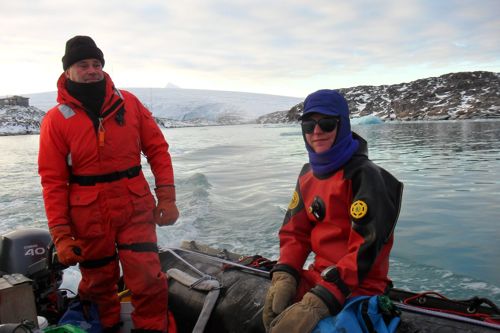
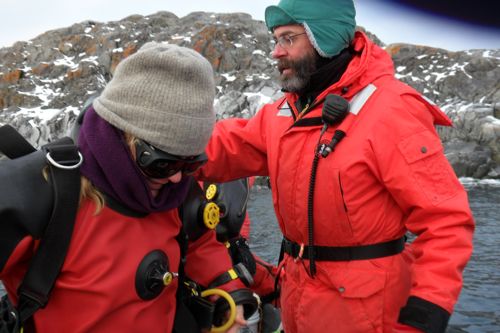
That's what organisms do. Our cells communicate with each other this way in all sorts of ways. Animals use chemicals to communicate (pheromones, for example) and defend themselves (ever been sprayed by a skunk?). But plants communicate, defend themselves, and carry on lots of business through the use of chemicals. The more I learn about plants the more intriguing they become to me. In fact, you will find they have a lot of similarities to animals in ways that surprise you.
If you look around down here in Antarctica, you don't see many plants at all. Like at all. A little moss here, a lichen over there. BUT...you're looking for plants in all the wrong places. All you need to do is take a dive underwater and you have entered another world. The waters may be very cold for us but a quick peek beneath the surface and you see a plethora of organisms inhabiting the waters. For instance, there are over 50 species of sponges. Bet you didn't know there were so many. Lots of sessile organisms! (I'll wait while you look that up before I move on) Got it? And, per the topic for today - lots of plants!
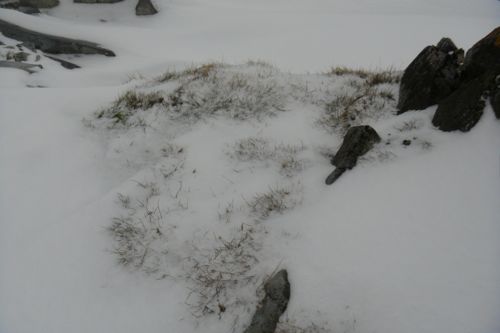
Chuck and Maggie Amsler have a team down here and they are studying chemical defenses of Antarctic organisms. They are focusing on macroalgae, more commonly known as seaweed. There is a lot to be learned about how these Antarctic organisms defend themselves through the use of chemicals. There is a lot more known about similar types of plants in the warmer climates. Basically, they are looking to see if this macroalgae and these sponges are palatable (tasty and edible) to the animals that have evolved along with them down here. What they found was that nearly half of the macroalgae and all of the sponges were unpalatable to the sea stars. And it was done through chemical defenses - tasting bad.
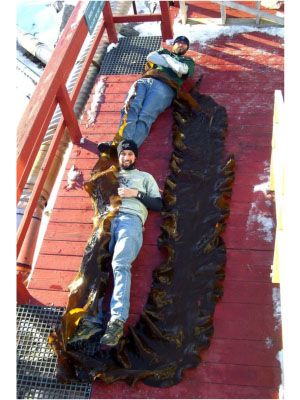
This is called Chemical Ecology. Another branch of science to check out! Down here you primarily see brown macroalgae and much less red. And it can get pretty big as you see in the picture. The Amsler's are looking at the effects of ocean acidification as part of their investigations down here.
They are still investigating all the intricacies of chemical defenses and macroalgae, climate change, acidification. One cool thing they found involved amphipods - these little invertebrates that are massive in number down there. So here's the deal, they both live on and eat the macroalgae. BUT they eat the palatable, the tasty ones, and live on the ones that are not eaten by other organisms. Smart, right? Why make your home on someone's meal. You might get eaten. And when I say massive, we are talking as much as 308,000 of them in a 36 square feet area (2 square meters) on some types of macroalgae! You can try that in class or at home. Make a 6 feet by 6 feet square (or 2 meters by 2 meters). Then imagine 308,000 creatures crawling in that area. Yikes! Some types of macroalgae have only 32,000 per 2 square meters.
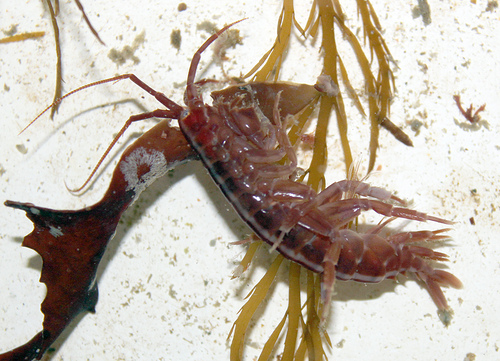
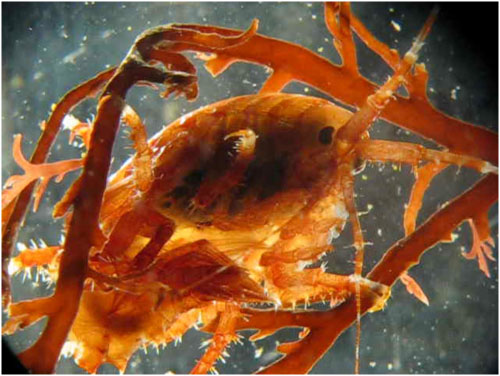
Here's a tiny bit of footage of the amphipods that come up in our fish pots. They are attracted to the bait bags. When the pots come up, the bags are covered with amphipods! In fact, if the bait was all eaten up and the fish were trapped in the pots long enough, they would start eating the fish alive.
http://
Tomorrow....the beast that grows within!!


Comments